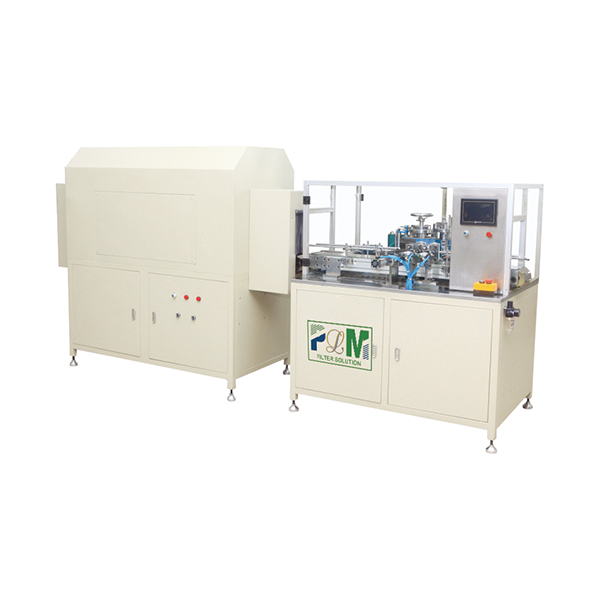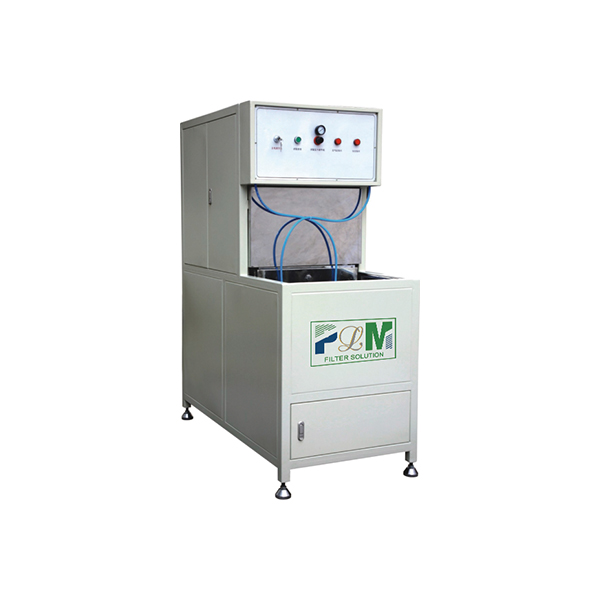Nov . 06, 2025 11:25 Back to list
Active Carbon Air Filter for Air Purifier – Odor & VOC Removal
Why Brands Are Betting On Active Carbon Air Filter For Air Purifier Tech in 2025
Open any air quality report and it’s the same story: PM is down in many cities, but VOCs and odors linger. That’s where activated carbon steps in. I’ve toured a few factories this year, and frankly, the pace of innovation surprised me—thinner media, higher adsorption, smarter frames. It’s practical, not just hype.
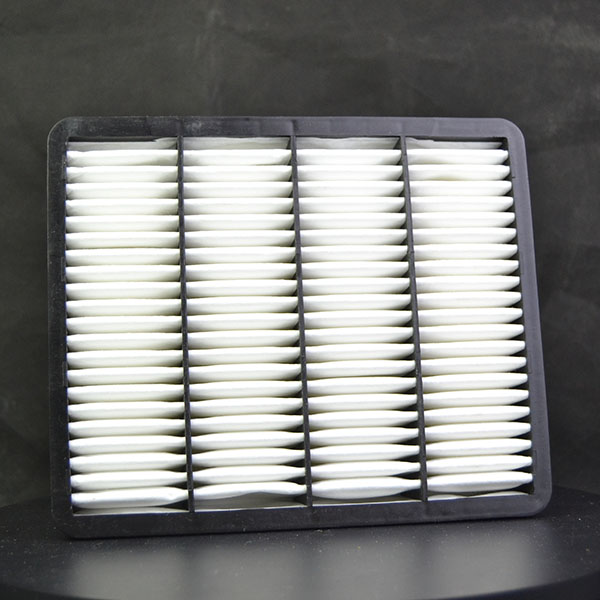
How it works (and why it matters)
Activated carbon captures gases, VOCs, and odor molecules through adsorption—think billions of tiny pores trapping formaldehyde, benzene, ozone byproducts, you name it. Pair it with HEPA and you’ve got a dual-threat purifier: particles plus chemistry. Many customers say the “freshness” comes from carbon more than the HEPA, which tracks with the lab data I’ve seen.

Materials and manufacturing workflow
- Media: coconut-shell activated carbon (iodine number ≈ 900–1100 mg/g) or coal-based GAC; sometimes impregnated for acid gases.
- Forms: honeycomb, pleated composite (PP/PET + carbon), or loose granules in sealed cartridges.
- Methods: carbon selection and sieving → de-dusting → media lamination or filling → frame assembly (ABS/PP) → leak-proof sealing → QC.
- Testing: ISO 16890 for particulate partner filters; VOC removal by ISO 16000 series and AHAM AC-1 guidance for CADR; IEST-RP molecular tests; in China, GB/T 18801 and GB/T 18883 often referenced.
- Service life: ≈ 6–12 months in homes; heavy-VOC sites may need 3–6 months. Real-world use may vary.
- Industries: home air purifiers, offices, hospitals (odor control), labs, smoking lounges, and—surprisingly—vehicle cabins.
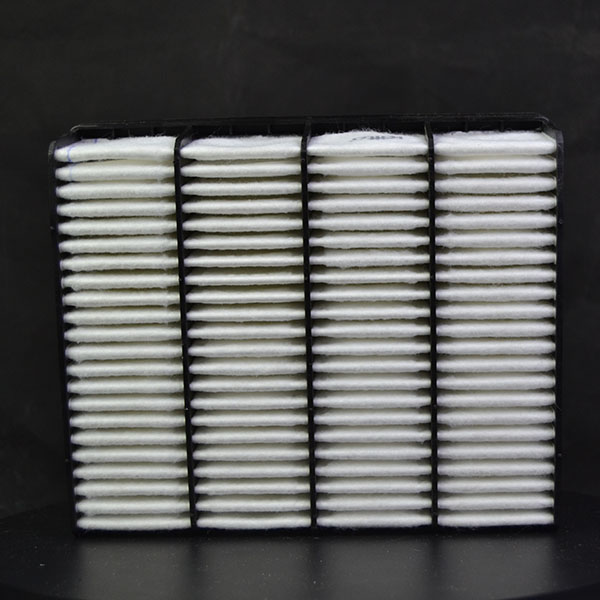
Typical specs (real-world numbers, not brochure fluff)
| Parameter | Air Purifier Carbon Filter |
|---|---|
| Carbon type | Coconut-shell GAC, iodine ≈ 1000 mg/g |
| Construction | Pleated PP/PET + bonded carbon; optional honeycomb |
| Pressure drop | ≈ 60–120 Pa @ 0.5 m/s |
| Formaldehyde removal | Initial 85–95%; 24 h retention tested per ISO 16000 guidance |
| Service life | 6–12 months (home); check odor breakthrough |
| Automotive crossover | Car PP Air Filter1780146060 (PP media; SKU “55”) available |
Note: Always balance adsorption capacity with airflow; choked filters hurt CADR.
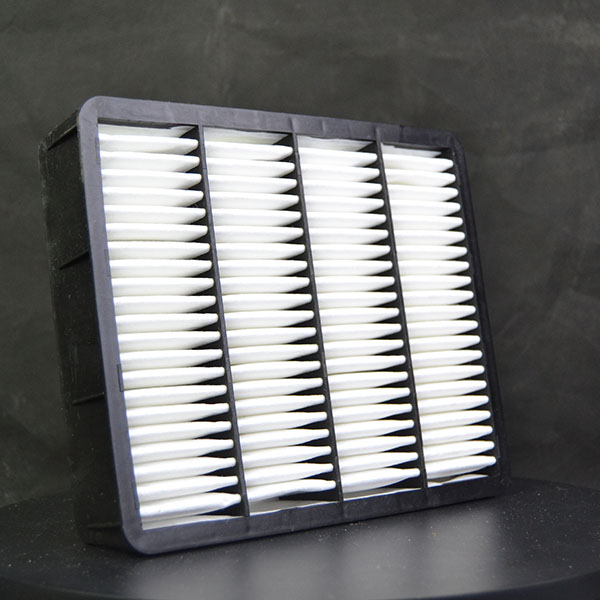
Vendor snapshot and customization
The manufacturer behind Car PP Air Filter1780146060 is based in East of anping county, hengshuicity, hebeiprovince,china 053600. They do both automotive PP media and purifier-grade carbon modules—useful if you’re sourcing cross-platform SKUs.
| Vendor | Origin | Certs | MOQ | Lead time | Customization |
|---|---|---|---|---|---|
| MFilter Solution | Hengshui, Hebei, CN | ISO 9001; RoHS/REACH (on request) | ≈ 200–500 pcs | 10–25 days | Size, carbon grade, frame, gasket |
| Vendor A | CN | ISO 9001 | ≥ 1000 pcs | 25–35 days | Limited grades |
| Vendor B | KR | ISO 14001; RoHS | ≈ 300 pcs | 15–28 days | Broad, higher cost |
Customization tips: ask for iodine number targets, CTC value, pressure-drop curves, and a retention test (24–48 h) for stubborn VOCs.
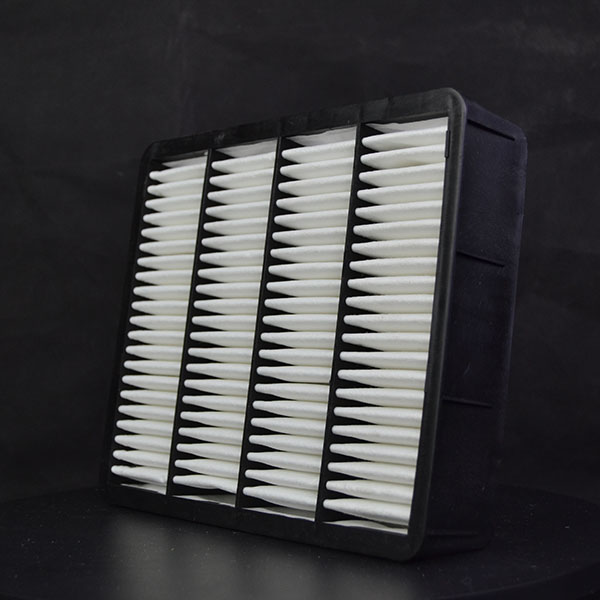
Use cases and quick case notes
- Homes with new furniture: formaldehyde reduction noticeable in 2–3 days (anecdotal, but common feedback).
- Offices near traffic: to be honest, ozone byproducts and NOx odors drop faster than expected with fresh carbon.
- Clinics and pet salons: odor control is the selling point; keep a strict change schedule.
- Automotive cabins: the Car PP Air Filter1780146060 can be paired with carbon layers to handle fumes; it seems that drivers notice the difference quickest.
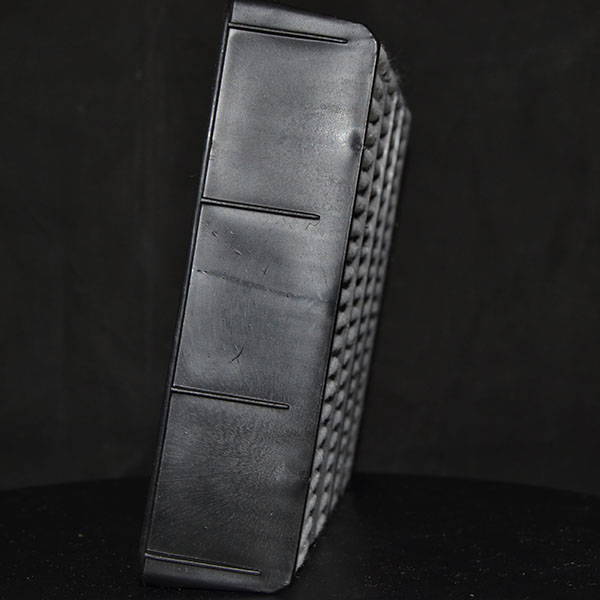
Bottom line
A well-specified Active Carbon Air Filter For Air Purifier is about balancing airflow and adsorption. Don’t chase exotic media at the expense of pressure drop. Do request VOC retention data, not only initial efficiency. And yes, coordinate your carbon module with the HEPA stage—your CADR and user satisfaction will thank you.
References
- ISO 16890: Air filters for general ventilation.
- ISO 16000 (series): Indoor air — VOC measurement and test methods.
- AHAM AC-1: Method for measuring air cleaner performance (CADR).
- IEST RP-CC008.3: Molecular contamination in cleanrooms.
- GB/T 18801: Air cleaner performance (China).
Comprehensive Guide to Filter Caps: Applications, Benefits & Future Trends
NewsNov.24,2025Filter Paper: Essential Guide for Industry and Global Applications
NewsNov.23,2025Essential Guide to Filter Materials: Types, Applications, and Future Trends
NewsNov.22,2025Efficient Long Pulse Dust Collector Pleated Filters for Superior Industrial Air Quality
NewsNov.22,2025Professional Air Filter Making Machine – Efficient Air Filtration Production Solutions
NewsNov.21,2025PLAB-6 A/B Glue System-Hebei Filter Man|Precision&Adjustable Speed
NewsNov.21,2025

